Great Expectations for the Humble Bean
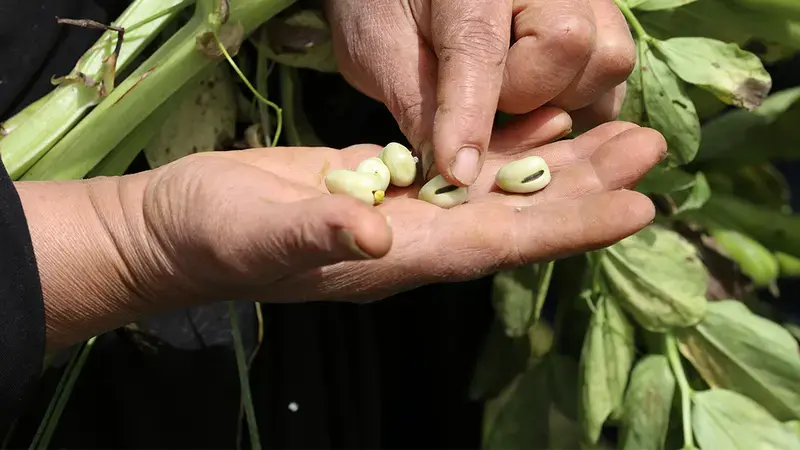
ICARDA researchers in collaboration with partners are optimizing genetic tools for faba bean research, enabling cost-effective breeding of resilient, high-yielding varieties that can help tackle food security.
Unlocking the Faba Bean Potential
Faba bean, a staple part of diets and crop rotations in West Asia, North and East Africa region and a quiet overachiever for millennia - providing protein-rich food for millions, fixing soil nitrogen, and boosting subsequent crop yields - is finally getting the scientific attention it deserves due to its potential resilience in the face of climate-change.
Yet improving faba bean as a climate-smart crop through breeding is like solving a giant puzzle without knowing where to start - its genome is immense and complex. But ICARDA scientists, in collaboration with an international team of researchers, have cracked part of the code and are now deploying Genotyping-by-Sequencing (GBS) to better understand the faba bean genome and applied genomic selection tools into the breeding program. Their breakthrough promises faster, cheaper ways to develop new varieties made for a warming world.
A Challenge of Scale
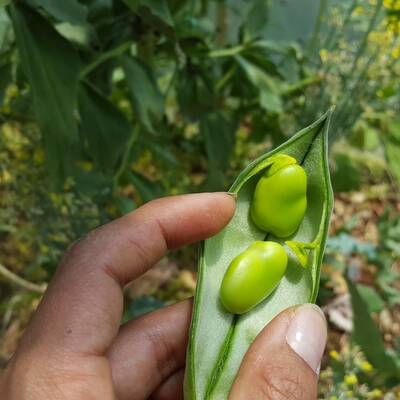
The faba bean’s genome is far larger than those of many other crops, making conventional genetic research a daunting task and putting advanced breeding techniques out of reach for most faba bean researchers.
However, GBS is a method that can read DNA fragments to create a treasure map for breeders linked to regions of the genome associated with traits like plant height, flowering time, and pod production, so they can then investigate promising areas of the genome instead of the whole structure. However, even GBS needs fine-tuning to handle the faba bean as the techniques require more elaboration to be used with high efficiency into the program Bean
A Scientific Breakthrough
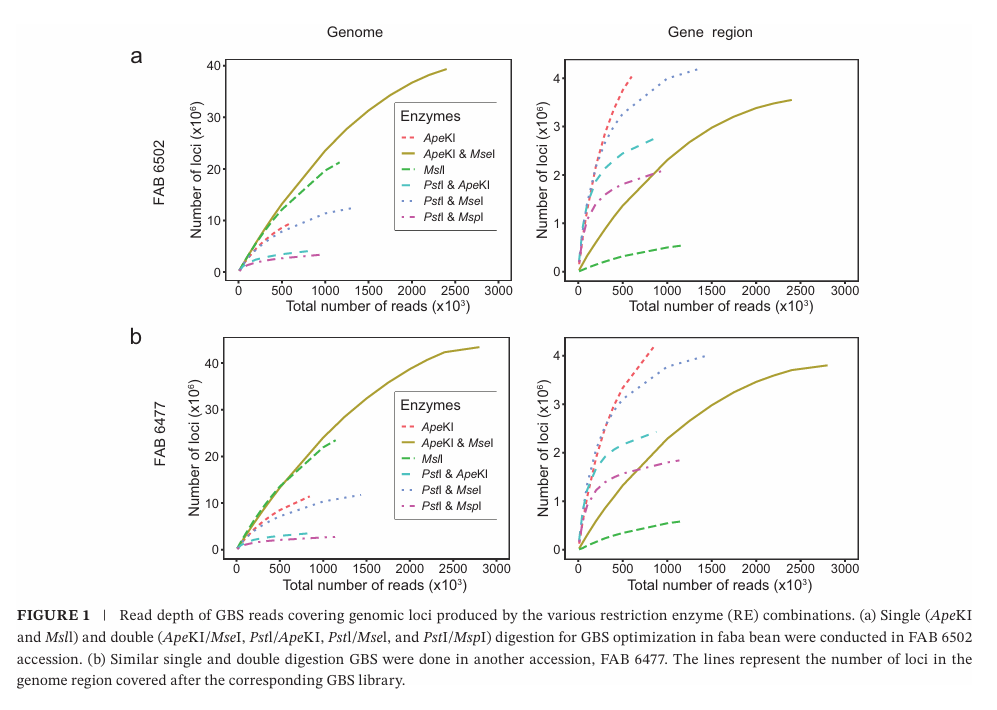
The researchers used two restriction enzymes, ApeKI and MseI, to chop DNA into workable pieces, targeting gene-rich regions and ensuring broad genome coverage for efficient genetic analysis. They found that combining ApeKI and MseI enzymes offered the most reliable results, enabling affordable and efficient high-resolution genetic mapping; the method costs half as much as earlier approaches, making it accessible even to smaller breeding programs.
With the optimized GBS process, the team identified genetic markers for traits as varied as seed hilum color—that distinctive mark where the bean attaches to the pod—and flowering time, crucial for breeding faba beans and adapting the crop to diverse climates and agricultural systems.
Implications for Farmers and the Planet
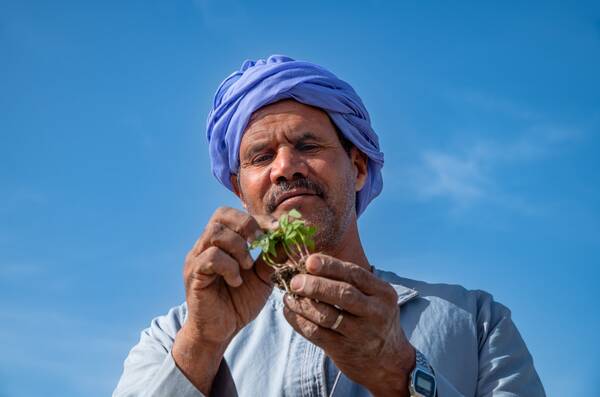
The benefits of this research extend far beyond academic curiosity. Faba bean is a cornerstone of sustainable agriculture, thanks to its ability to fix naturally nitrogen through symbiosis with rhizobia and reduce reliance on chemical fertilizers, in turn, lowering costs for farmers, improving soil health, and promoting sustainable, climate-resilient agriculture with minimal environmental impact. Better faba beans mean more resilient crops for farmers, particularly in dry and nutrient-poor soils with the highest stakes.
Enhanced varieties could also be key in tackling global food insecurity. Faba beans are rich in protein and micronutrients, offering a plant-based alternative to meat. As the world grapples with climate change and a growing population, these beans may become an increasingly vital part of the global diet.
The Road Ahead
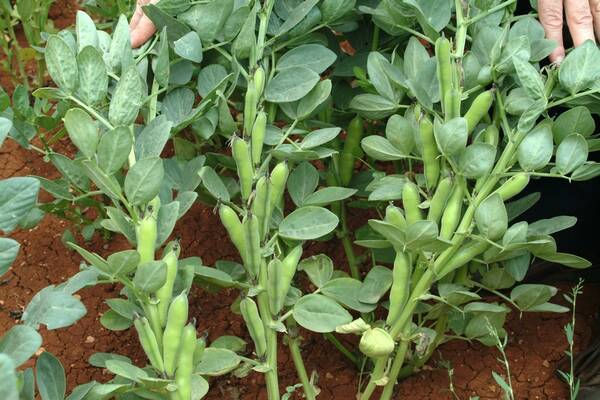
Scientific breakthroughs often illuminate how much we still do not know. While the optimized GBS method is a significant leap forward in crop improvements, much work remains. Breeders must now turn these genetic insights into real-world gains, creating beans that thrive under pressure from pests, diseases, and the impacts of climate change.
Yet, the direction is clear. By unlocking the secrets of the faba bean genome, researchers are paving the way for a greener, more sustainable future—one pod at a time.
Read the complete study: Optimization of Genotyping-by-Sequencing (GBS) forGermplasm Fingerprinting and Trait Mapping in Faba Bean | ICARDA
